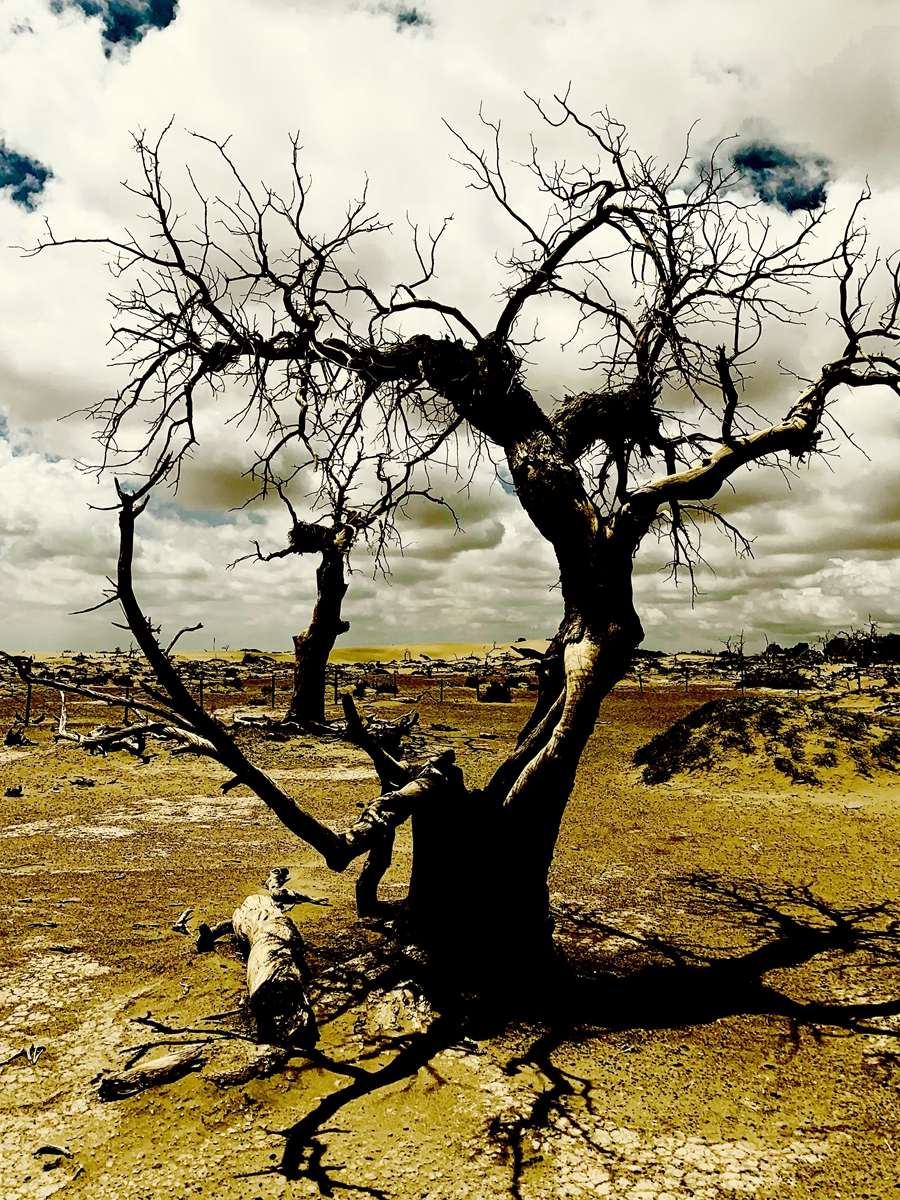The spirit of 'dark castle' shines
By Erik Nilsson | China Daily | Updated: 2019-10-15 08:03

These outlaws were, essentially, pirates who attacked from horseback, rather than from aboard ships, to pillage camel cargos sailing over seas of sand.
Khara-Khoto, which means "dark castle" in the local language-aka Heicheng (black city) in Chinese-was built in 1032.
Genghis Khan conquered it in 1226. The Ming Dynasty (1368-1644) laid the last siege in 1327, after which the fortress was ultimately abandoned.
The stronghold's weak point is that it relied on the Ejin River as its sole water source.
It's said Genghis Khan's forces surrounded the city and diverted the waterway.
The besieged residents frantically dug hundreds of meters into the ground.
When they failed to find water, their leader, Khara Bator-the "black general"-poured the city's vast treasure into the well to conceal their riches from the invaders.
Their last hope for discovering water to sustain their resistance had initially seemed to be in vain. But while it didn't save their lives, it saved their wealth from their killers.
It's said the only thing Genghis Khan's troops found upon breaching the ramparts was a bizarre serpent, which was believed to be an evil spirit-specifically, the black general's poltergeist.
























